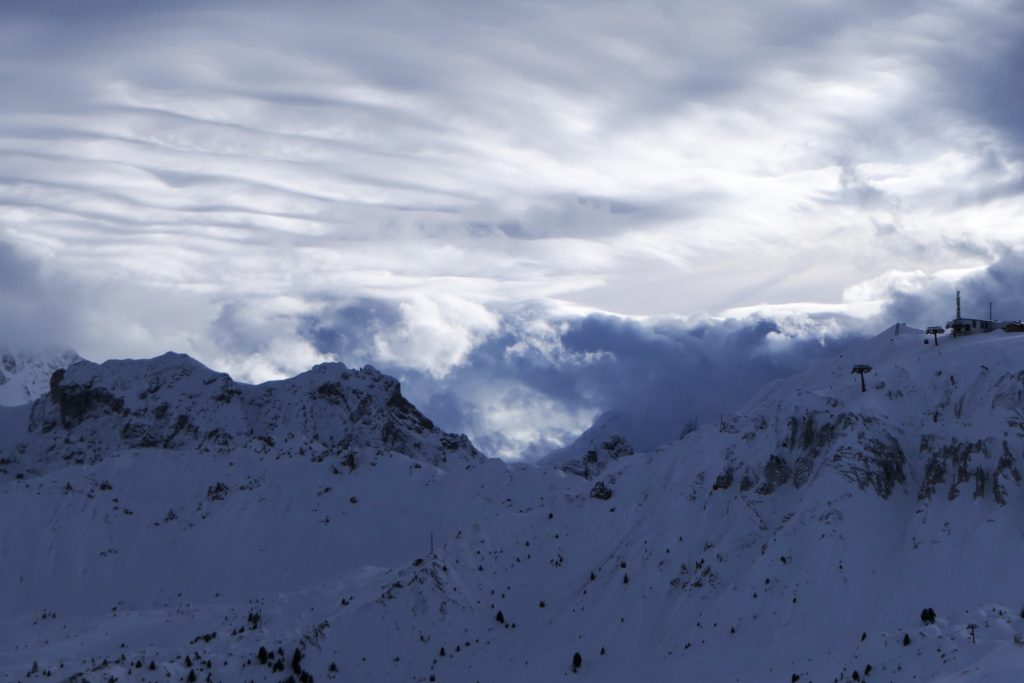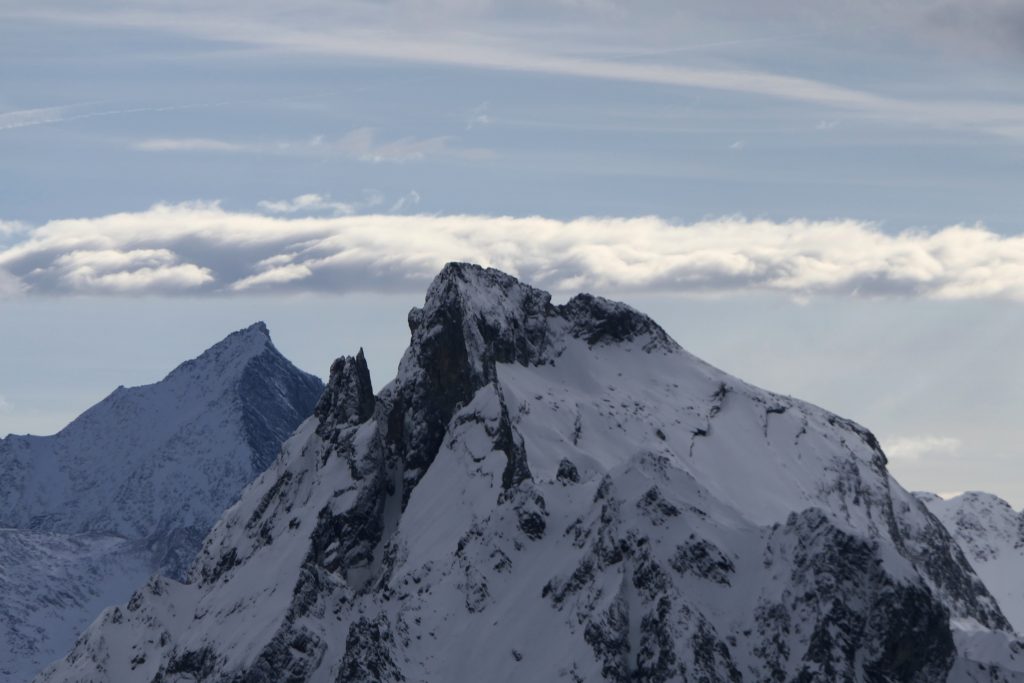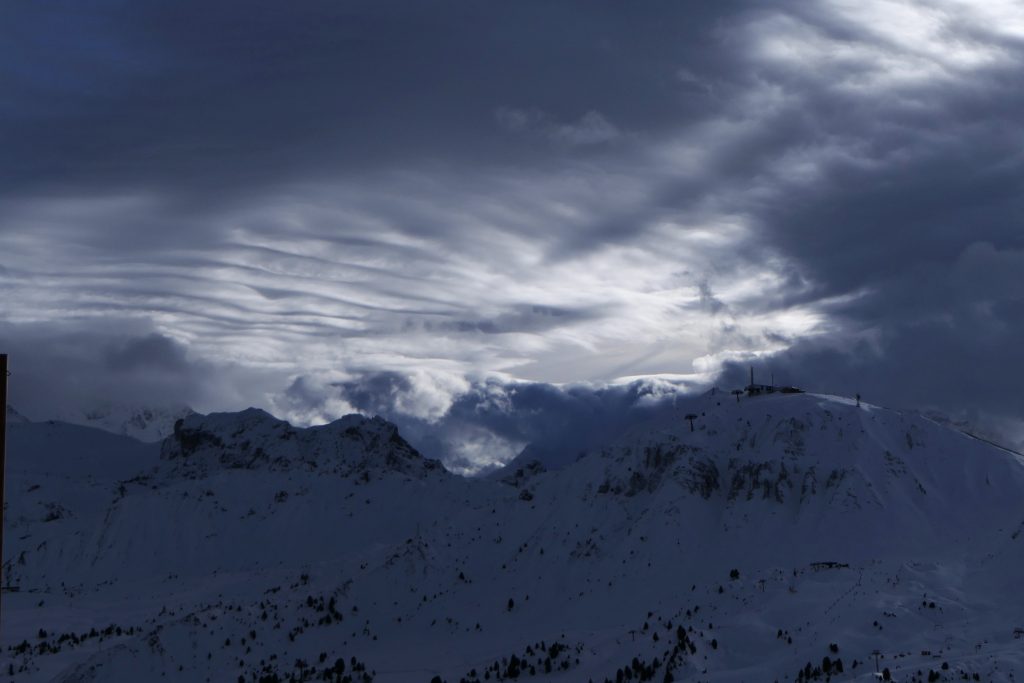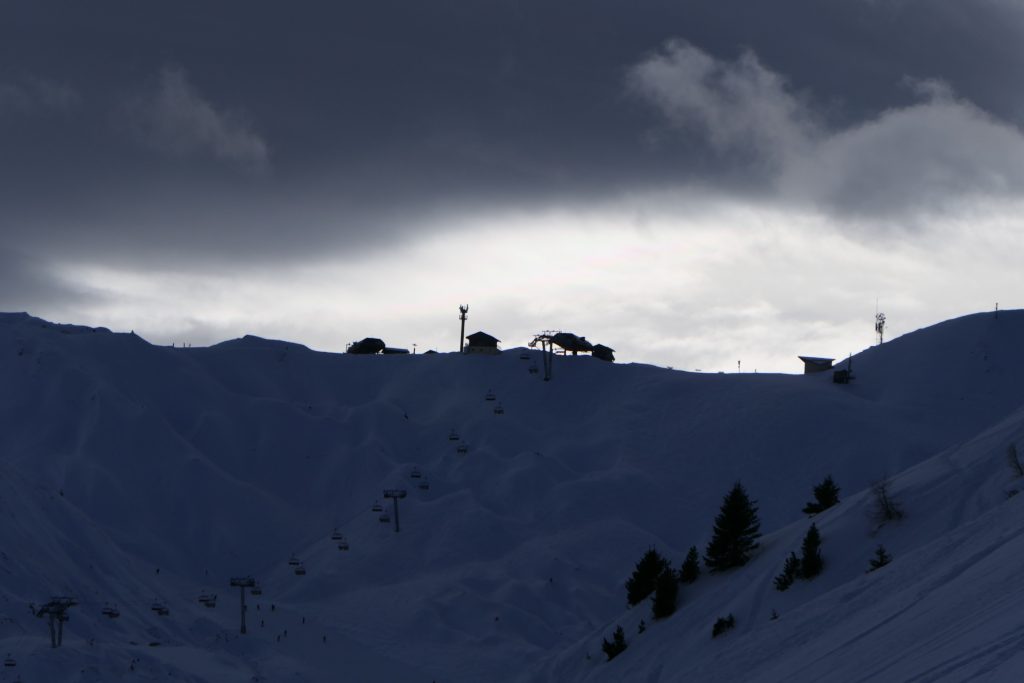- Combining pivot and dynamics
- Advanced Dynamics
- Turn Exit Dynamics
- Swing Weight of a Ski
- Skiing Moderate Bumps
- Ankle Flex (Anterior Tibialis contraction)
- Mountain photos today…
Combining pivot and dynamics
The basic “pivot” initialises a turn from the uphill ski – uphill (outside) edge. In dynamic skiing (with skis running forward) the same edge provides a platform for pushing off early to start the next turn. The ski will start the turn with a slight pivot action naturally and the engaged uphill edge will guarantee there is no slipping outwards of the ski during the “push” – assuring a clear directing of the centre of mass into the new turn. This flexed “uphill” leg permits a strong push which has to be executed consciously and deliberately.
Advanced Dynamics
Creating “angulation” (resembles dropping one cheek of your bottom onto a chair). This gives the appearance of “facing downhill” in shorter turns. It’s a movement made by letting go – a relaxation at the hip joint (outside leg) and a falling into the turn particularly in the second half of the turn.
The turn initiation is with the skier facing downhill – thrusting the body downhill while the skis travel across the hill.
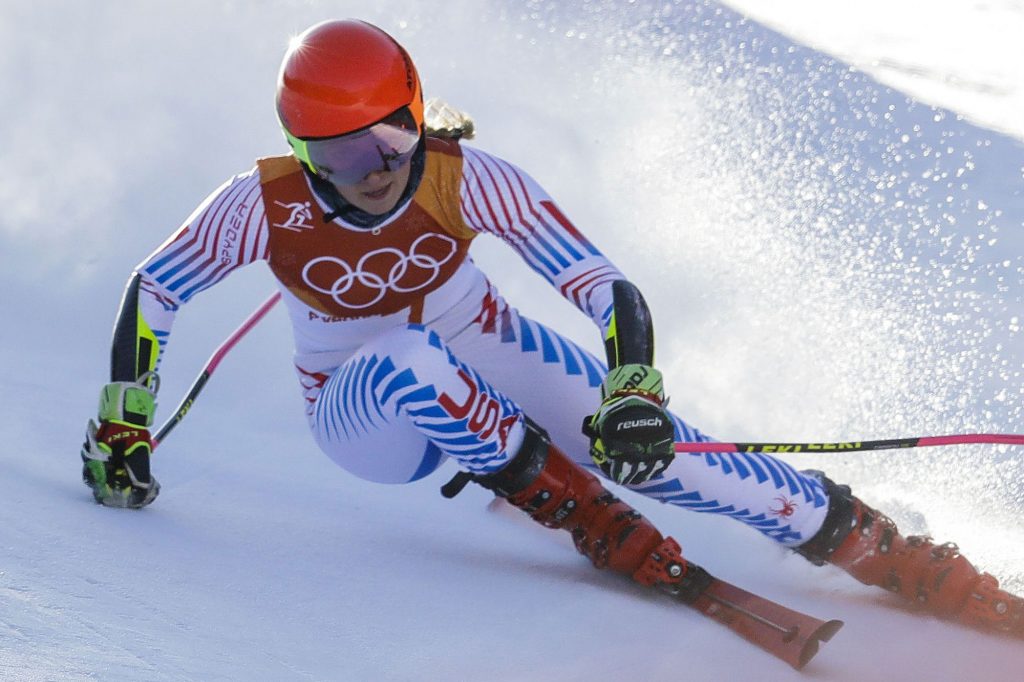
Turn Exit Dynamics
Where exactly is the end of the turn? Most people automatically assume that it’s when they are vertical and moving across the hill. For “dynamic” skiing that is not correct. The skier has still not completed the turn. The turn is only over when the skier is crossing the hill with the skis flat and the body momentarily perpendicular to the hill. This can naturally only be sustained very briefly and is part of a dynamic process. The turn completion is every bit as important as the turn initiation.
Very tight pivots also require the upper body coming over the lower ski early but in this case using an aggressive and supportive pole plant.
Swing Weight of a Ski (Pivot)
Skiing Moderate Bumps
With moderate bumps you can use a two footed pivot with the ski tips and tails in mid air and the skis on the crest of the bump and a solid pole plant on the bump. This produces a strong “swing” of the skis and tight turning controlling speed in a playful way.
You can also choose “dynamics” and let the skis run forward in giant slalom turns without fear of falling and the skis will run forward over just about anything.
Ankle Flex (Anterior Tibialis contraction)
Keeping the ankle flexed (upwards) protects the knee and helps keep pressure on the front of the ski boot – even while extending the leg, everting the foot and skiing on ice.
Mountain photos today…
